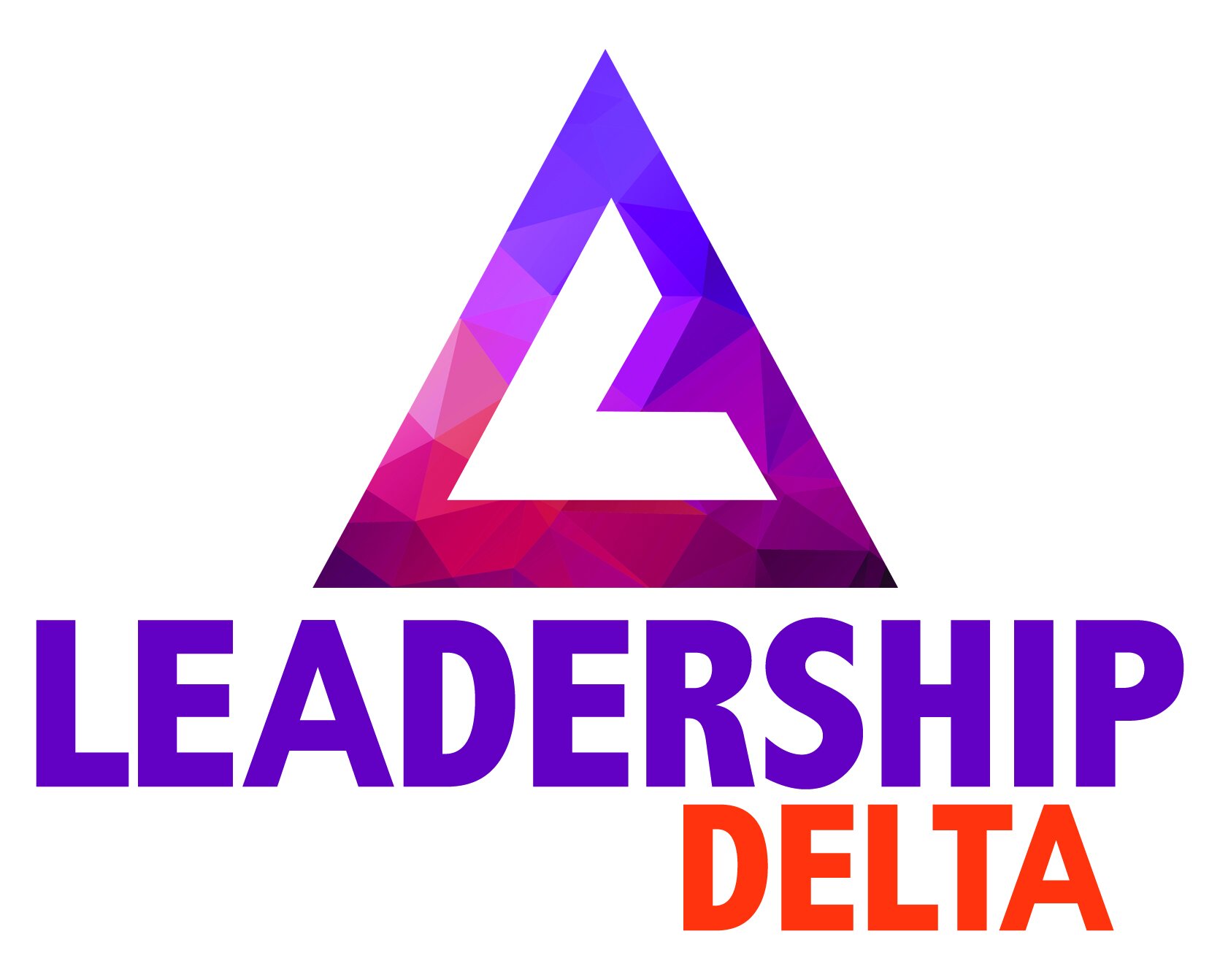Building a Strategic Plan You Can Count On
In 2020, workplaces all over the world underwent a seismic shift as organizations shifted first to remote operations and then to the uncharted territory of hybrid work models. As we slowly but surely return to some sense of normalcy, it becomes more vital than ever for your workplace to have a well-defined strategy. Without it, your organization may struggle to meet the demand of your workforce and endanger growth, profitability, and even survival.
What is a strategic plan?
Strategy is a set of conscious and intentional choices to achieve desired results. A strategic plan for your workplace defines your organization’s goals and lists the specific actions you’ll need to take to achieve them. So, the first step to creating a strategic plan for your organization is to determine your goals. The difference between a goal and a strategic plan is that a goal is an outcome you desire, while your strategic plan is how you will get there.
What makes a good goal?
Not all goals are created equal! A worthwhile goal aligns with your company's vision and mission statement. Secondly, determining the correct goals for your organization cannot be outsourced since no one knows your company better than you and your fellow leaders. If it’s been a while since your organization revisited its mission statement or its overall vision, the months ahead are a great time to ensure that your strategic planning will result in the growth you want to see.
Start with SMART goals
We’re not being facetious! A SMART goal is a relatively new idea that helps you build criteria to improve your chances of success. Those criteria are:
Specific: This is a mission statement for your goal; be as specific as possible about your goal. For example, "increase sales by 10% by the end of Q4” is a much stronger goal than “increase sales.” Try to write down your goal with the formulaAction + Metric + Date
Measurable: Determine what metrics you will use to gauge your progress and success. These can be milestones, dates for regular check-ins, and similar.
Achievable: Consider what resources you will need to attain your goal; if you do not have the resources, consider how you might attain them or if alternatives exist.
Relevant: This is where your reviewed vision and mission statement comes in; make sure your goal makes sense with your workplace, what it does, and where you want to take it.
Time-Bound: Putting time constraints on your goal is what makes it possible. A time-bound goal gets everyone on the same timeline and informs where your milestones will be.
Measuring progress
As your strategic plan comes to life with your SMART goal, measuring your team's progress is vital. Two main kinds of indicators can assess your progress and predict future conditions:
Leading indicators: Leading indicators are input-based. They measure the actions your team is taking in pursuit of your goal. Leading indicators work by providing benchmarks against which you can measure how well the team is progressing toward its goal. For example, "Sales team increases the volume of monthly cold calls from 100 to 150 calls by the end of December.”
Lagging indicators: Lagging indicators measure current production and performance. These are simple to measure but difficult to change because, contrary to leading indicators, lagging indicators measure something that has already happened. In the example above, a lagging indicator for the team might be the number of new sales generated by increased call volume by the sales team.
Next steps
An often unmentioned but vital part of any successful strategic plan is to get support from like-minded professionals. However, this is far easier said than done, especially as many workplaces adjust to a hybrid remote and in-person work model. At Leadership Delta, we understand the importance of support as part of a leader's success. Contact us for more information on building a plan to ensure your organization's success in today's changing workplace.

